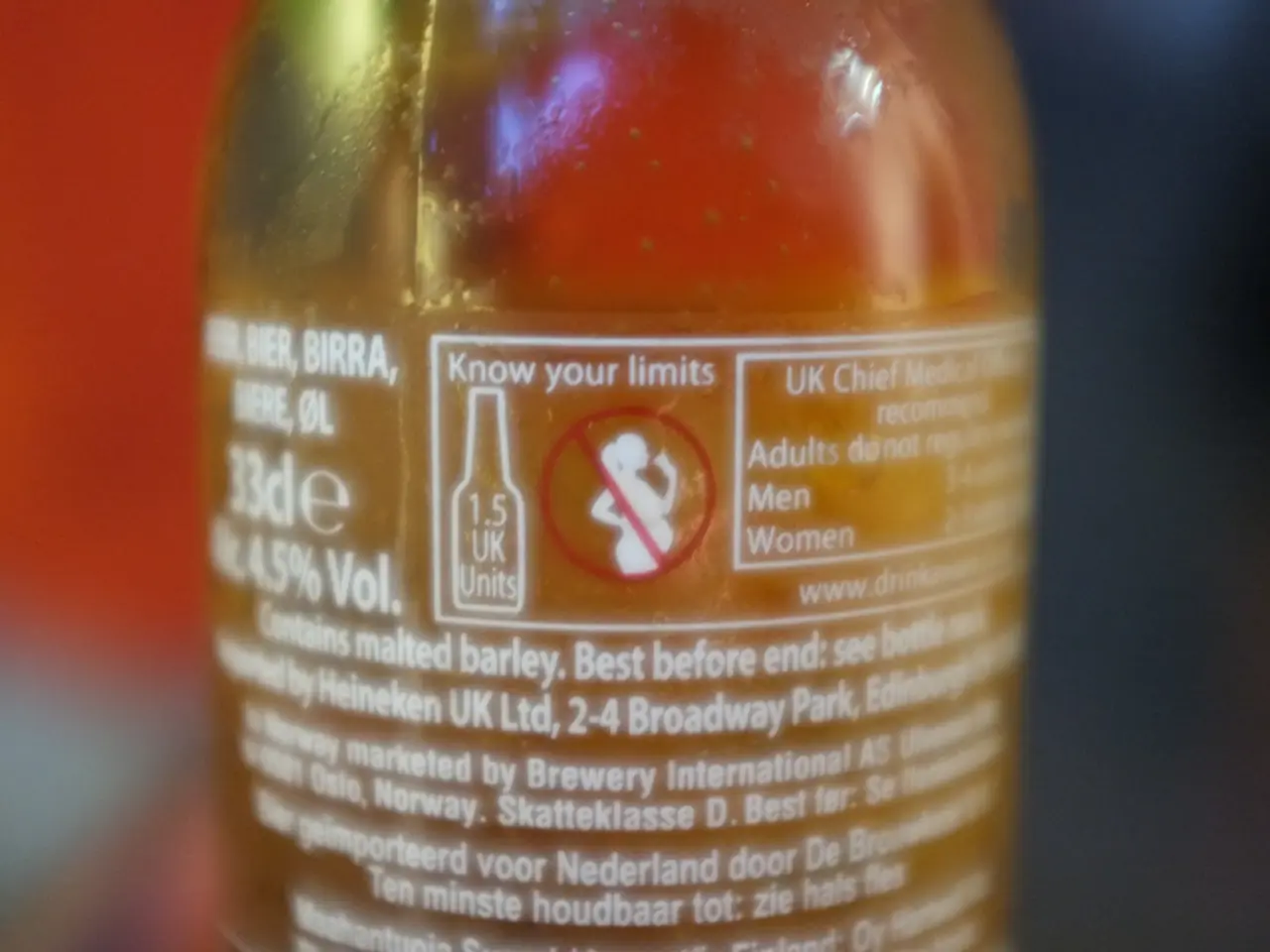Global research connects synthetic compounds in plastics to a substantial number of heart disease fatalities across the globe.
A new study has raised concerns about the widespread use of phthalates, a group of chemicals commonly found in various consumer goods, including food packaging, medical devices, household products, cosmetics, detergents, and food containers. The research, published in Science Daily, suggests that these chemicals may be responsible for approximately 13% of all global deaths due to heart disease in 2018, with the majority of the estimated 356,000 deaths occurring in Asia and the Middle East.
Phthalates, known for their endocrine-disrupting properties, have been associated with various health issues, including obesity, diabetes, fertility problems, and certain cancers. The study builds upon earlier research from 2021, which linked the same chemicals to over 50,000 premature deaths annually in the United States, particularly among older adults.
In response to these findings, health experts are calling for reform in manufacturing standards, transparent labeling, and investment in safer alternatives to minimize health risks for populations worldwide.
Regulatory bodies are also taking action. In the United States, the U.S. Environmental Protection Agency (EPA) has been actively reviewing phthalates under the Toxic Substances Control Act (TSCA). The EPA has designated several phthalates, including dibutyl phthalate (DBP) and diethylhexyl phthalate (DEHP), as High-Priority Substances due to their potential health and environmental risks.
The European Union has implemented stricter regulations on phthalates under the Registration, Evaluation, Authorisation and Restriction of Chemicals (REACH) framework. DEHP, DBP, and some other phthalates are restricted in consumer products like toys and cosmetics due to their endocrine-disrupting properties.
Consumers are advised to opt for products labeled as phthalate-free, especially in personal care items and children's toys. Reducing the use of plastics, especially PVC, can also help minimize exposure to phthalates used as plasticizers. Where possible, choosing alternatives to products containing phthalates, such as phthalate-free personal care products or using glass containers instead of plastic ones, is recommended.
As awareness and scientific understanding of phthalate risks grow, regulatory bodies worldwide are likely to impose stricter controls on their use in consumer goods. This may involve expanding restrictions to more types of phthalates and requiring manufacturers to use safer alternatives in products. The study underscores the need for stronger regulations and public awareness to limit exposure to hazardous substances hidden in everyday items.
Science has revealed that phthalates, chemicals often found in medical-conditions-related products, health-and-wellness items, and environmental-science investments like food packaging, can pose significant risks to cardiovascular-health by contributing to approximately 13% of global heart disease deaths in 2018, with most deaths occurring in Asia and the Middle East. To mitigate these risks, experts advocate for changes in manufacturing standards, transparent labeling, and investments in safer alternatives, as well as personal choices such as opting for phthalate-free products, reducing PVC usage, and replacing plastics with phthalate-free alternatives in daily life.




